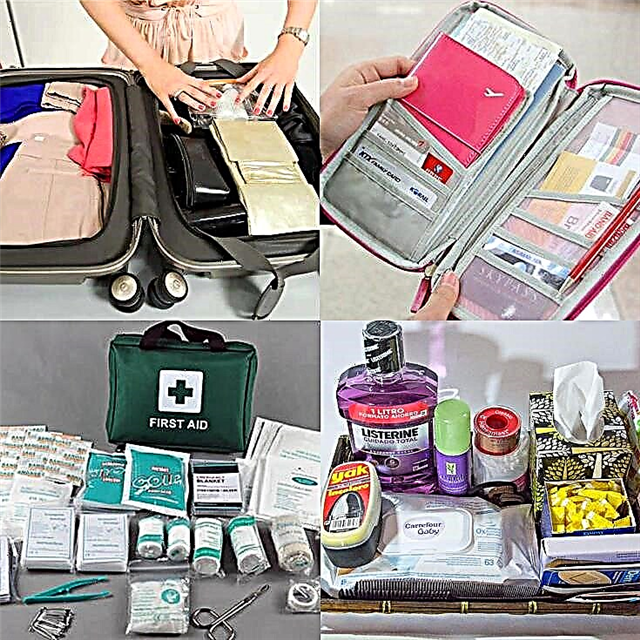Whether this is your first trip or one more in a long life of globetrotting, it is always helpful to have a checklist to make sure you haven't missed anything important in your suitcase and in your hand luggage.
But traveling is not just a matter of tickets, reservations and bags. You must bear in mind that you are temporarily absent from your apartment or house and things must be in perfect order there too, from caring for the pet to disconnecting electrical appliances.

Due to the lack of a checklist, a traveler had to return from the airport to check if the kettle had been turned off. He was able to return in time for his flight, but he had a time of anguish that we wanted to avoid you with some simple tips.
For greater ease, we have prepared a step by step that takes you in 7 steps to prepare your trip in a practical way and without last minute surprises.
Step 1: Gather important travel documents, cash and credit cards
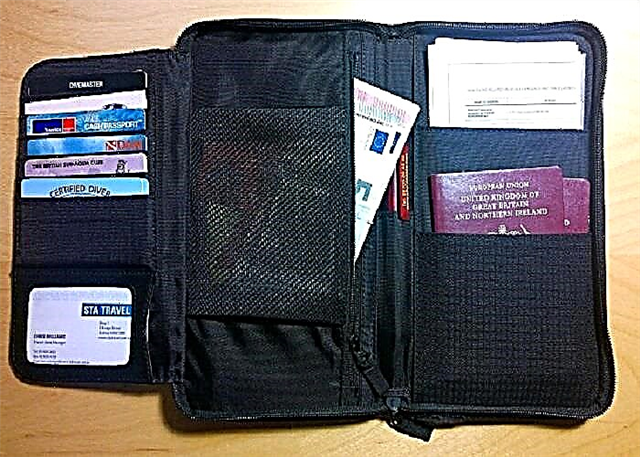
Collect all the essential travel documents in an organizer. The following is a general list, but your particular list will probably be able to do without some and require others.
- Passport and visas (verifying validity dates)
- National certificate of identity
- Student card, if you have it (to take advantage of student discounts)
- Credit and debit cards (checking effective dates and bank balances)
- Frequent flyer cards
- Loyalty cards to hotels, car rental companies and others
- Driver's license
- Travel insurance
- Health insurance card
- Other health documents (proving any limitation or health condition)
- Reservations of hotels, cars, tours, shows and others
- Tickets for means of transport (plane, train, bus, car and others)
- Subway maps and related aids
- Cash in banknotes and coins
- Emergency information card
Step 2: Prepare your carry-on luggage
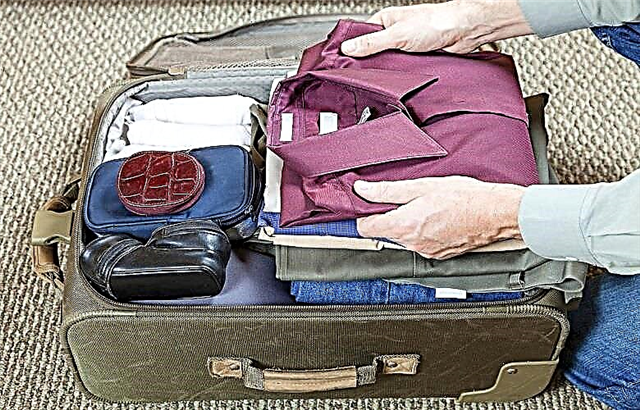
The next thing you should do, once you have verified all the travel documentation, is to prepare the backpack or bag that you will carry by hand.
Before you start packing you should check that the size of your carry-on bag meets the dimensional requirements of the airline or means of transport to be used. This information is available on the portals of transport companies.
Remember that there is the possibility that the suitcase with your large luggage, which you have checked in cargo, may be lost.

Therefore, it is advisable to carry some articles for personal use to cover an unpleasant eventuality.
Since you will frequently have to chain different means of transport until you reach your destination (car, plane, train, subway, bus), make sure that in your hand luggage you carry what is necessary to spend it comfortably in any of these spaces.
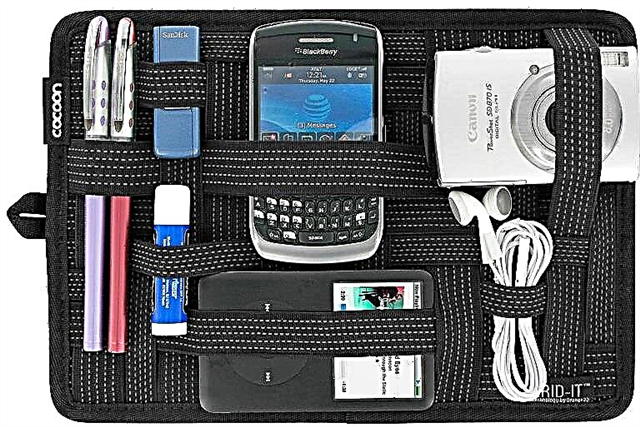
For hand luggage, we recommend you remember the following:
- Mobile phone, tablet, personal computer and chargers
- Portfolio and portfolio with travel documents, money and other things indicated in Step 1
- Headphones
- Video camera
- Electrical Converters and Adapters
- Blanket
- Eye mask and ear plugs
- Travel journal and pen
- Books and magazines
- Games
- Travel guide, maps, language guides (you may require any of these immediately upon arrival and it would be a shame not to have them on hand)
- Medicines
- Jewelry
- Sunglasses
- Hand sanitizer and wet wipes
- Energy bars
- Money belt (fanny pack)
- Scarf
- Plastic bags
- Keys of the house
Step 3: Choose a comfortable and versatile main suitcase
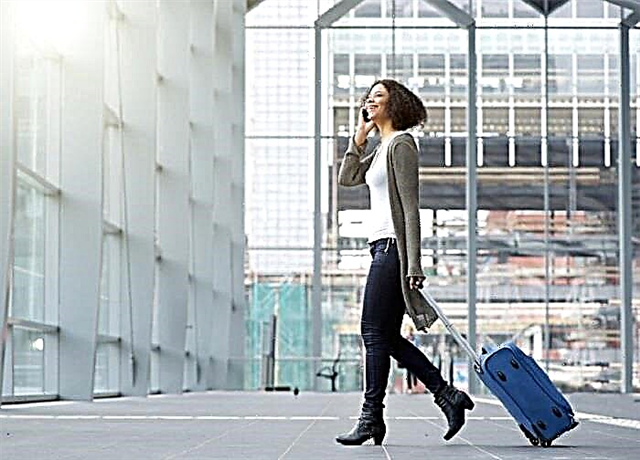
Now you have to choose a comfortable, light and versatile piece of luggage that you can carry on different pavements and in different circumstances that may arise during a trip.
There are basically three ways that we can carry luggage. The most comfortable is sliding it on its wheels, which requires a smooth surface, not always available. The other two are to carry the suitcase on your back like a backpack or carry it raised by its handle.
The most practical luggage are those that allow the three modalities, that is, they are light enough to carry on the back as a backpack and also have wheels and handles to carry with these two modalities.
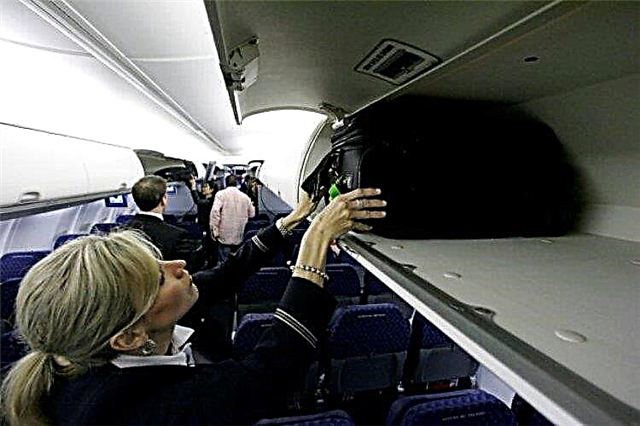
An important restriction to take into account if you want to carry your main piece of luggage in the cabin of the plane is the dimensions.
Most American commercial airliners have a 22 x 14 x 9-inch limit for bags to be placed in the cargo compartments. hand luggage. This represents a 45-liter capacity, which is a lot of volume to pack; Just imagine that it would be 22 bottles of Coca-Cola of 2 liters each.
It is best to buy the main piece of luggage with a minimalist criteria and limit yourself in the amount of things to pack.
Step 4: organize the main suitcase
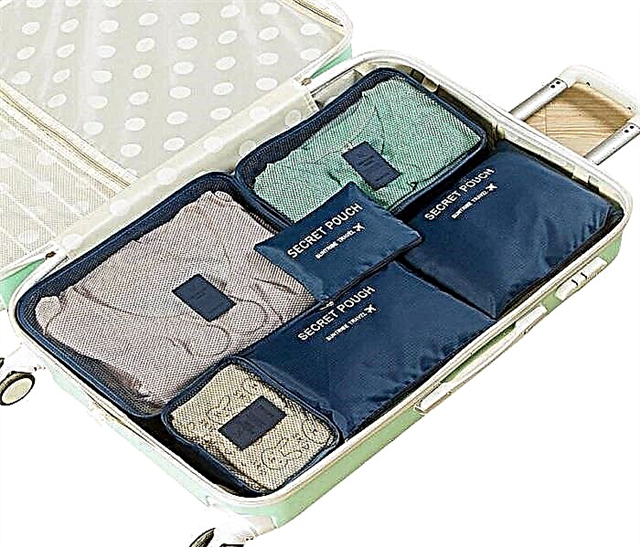
Organizing the suitcase does not only mean selecting the items to carry, but, mainly, applying some criteria to order them. To do this, the most practical thing is to use luggage bins, but if you don't have them, good plastic bags can act as sorters.
Most people opt for the organization method By type of clothing, carrying socks and underwear in a small bucket and pants, shirts and other clothing items in larger ones.
Another criterion can be by periods. For example, if you are going to do a two-week trip, you allocate some buckets to the articles of each week and others for the things to be used throughout the trip.
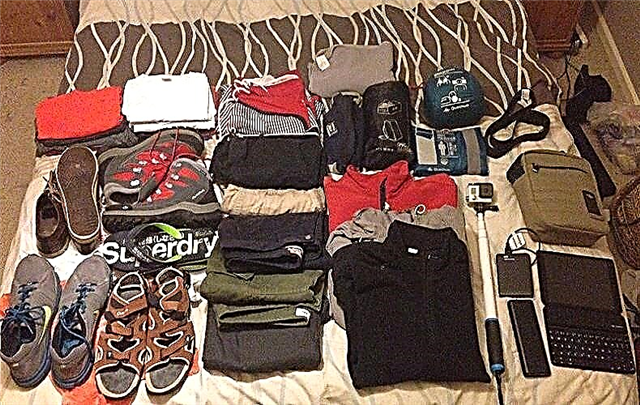
Whatever the organization criteria, the important thing is to have it, to have quick access to what is needed and to avoid rummaging through all the content to locate something.
Below we will give you an exhaustive list of the items that you should consider to carry in the main suitcase. Remember that the main virtue of your checklist is that you don't forget anything important; in no way is it that you have to pack all the items listed.
The more items you cross off your list as "verified and not carried," the lighter you will go and your back, arms and legs will thank you.
- Shirts and blouses
- Long pants, shorts and bermudas
- Socks
- Sweaters
- Jacket
- Tshirts
- Belt
- Pijama
- Underwear
- Comfortable shoes
- Bath sandals
- accessories
- Swimwear
- Sarong
- Scarves and capes
- Dress
- Folding bag
- Trash bag and ziploc bags
- Regular envelopes
- Batteries focus
- Mini bungee cords
- Hypoallergenic pillowcase
- Clothesline and detergent
Step 5: Make the First Aid and Grooming Bag

We refer separately to the bag with personal hygiene and first aid items, so it is important to take into account the restrictions of the regulatory bodies of passenger transport in relation to this type of products.
For example, the United States Transportation Administration (TSA) does not allow liquids, gels, aerosols, creams, pastes, and similar products as carry-on luggage, in packages larger than 3.4 ounces (100 ml) per container.
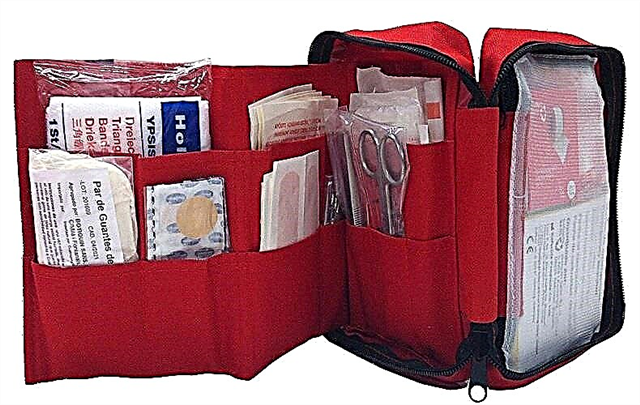
All these items must be in clear plastic zip lock bags or zip lock bags. Only one personal hygiene bag per passenger is allowed as carry-on luggage.
If you want to carry a larger quantity of personal hygiene items, these should be placed in the suitcases that go as documented cargo.
It should be noted that aerosols are only allowed in very limited quantities and strictly for personal use during flight. It is forbidden to carry them in cargo suitcases.
In any case, regardless of the rules, the TSA and other control agencies may prohibit any suspicious-looking container or product from entering the means of transport.
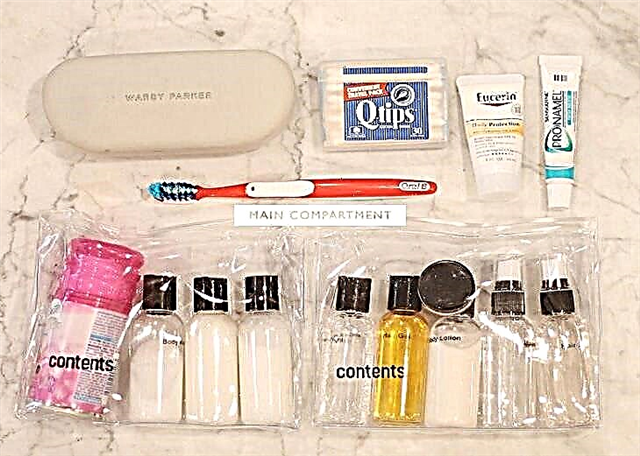
The items to remember for the personal hygiene bag are:
- Toothbrush, toothpaste, dental floss, and mouthwash
- Hairbrush or comb, hair ties, barrettes / hairpins
- Deodorant
- Shampoo and conditioner
- Sunscreen
- Makeup
- Cleansing, moisturizing cream
- Lotion
- Lipstick
- Oils
- Mirror
- Cologne / Perfume
- Hair products
- Shaving kit
- Sewing kit
- Small scissors, nail clippers, tweezers (must be in checked luggage)
- First aid kit (nasal decongestant, analgesic, antidiarrheal, laxative, product against nausea and dizziness, eye drops, vitamins, etc.)
- Thermometer
Step 6: Consider travel safety
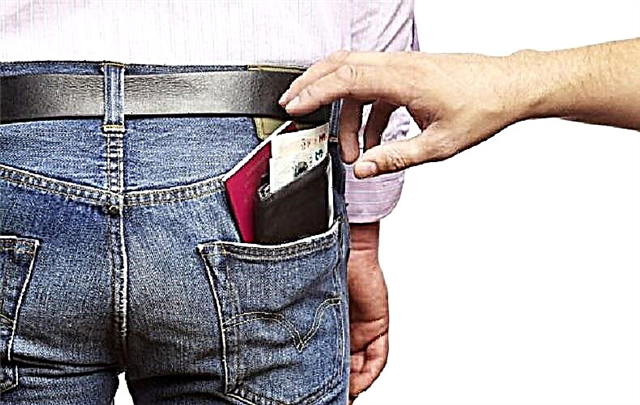
In most large cities, pickpockets are always looking for distracted travelers, so it is essential to take some precautions, including:
- Avoid going out with large sums of money and with jewelry
- Charge the most valuable things with discretion
- Wear jewelry accessories and not real jewelry
- Keep your passport, money and other valuable personal items in the hotel safe
- Put your mobile phone in a cheap case
- Avoid neighborhoods and areas of cities with the highest crime rates
- If you have to go to one of these neighborhoods to see a particular attraction, try to go in a group and without the risk that the night will overtake you while there.
- Register on your mobile phone the contact details of your embassy or consulate and the emergency phone numbers of the city where you are
- Make sure your mobile phone is fully charged before leaving
- Avoid informal means of public transport ("pirate" taxis and so on), unless you are in a city where they are more the rule than the exception
- Avoid currency exchange on the black market
- Carry a card in your wallet to contact someone in case of an emergency
Step 7: Get the house ready

We all want to travel finding the house in order when we return. To do this, it is necessary to take preventive measures such as the following:
- Set up an automatic email reply.
- Arrange the care of pets.
- Set the alarm, light timer, and sprinkler system or arrange for someone to help you with these during your absence.
- Consume or give away perishable food you have in the refrigerator or pantry before the trip
- Unplug the refrigerator and other electrical appliances.
- Verify that all doors and windows are properly closed.
- Check that all the water taps are closed and without leaks
- Close the gas supply valve.
- Turn off the heating or air conditioning
- Inform the school of possible school absences for children.
- Store valuables in a safe place
- Leave a house key and your travel itinerary with a trusted family member or friend
If you prepare and apply a checklist with these 7 simple steps, you can travel with complete peace of mind, enjoying the attractions of your destination at all costs.
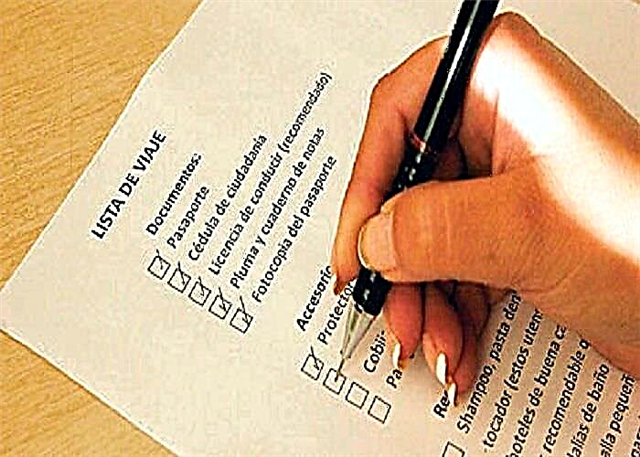
Personally, I have my checklist in a file on my computer and print or display it every time I go on a trip. When I check the last item as "verified," I feel like I'm totally ready to go. Do it yourself and you will see how useful it is.
Travel Related Articles
- 23 Things to Take When Traveling Alone
- How you save money to go on a trip











